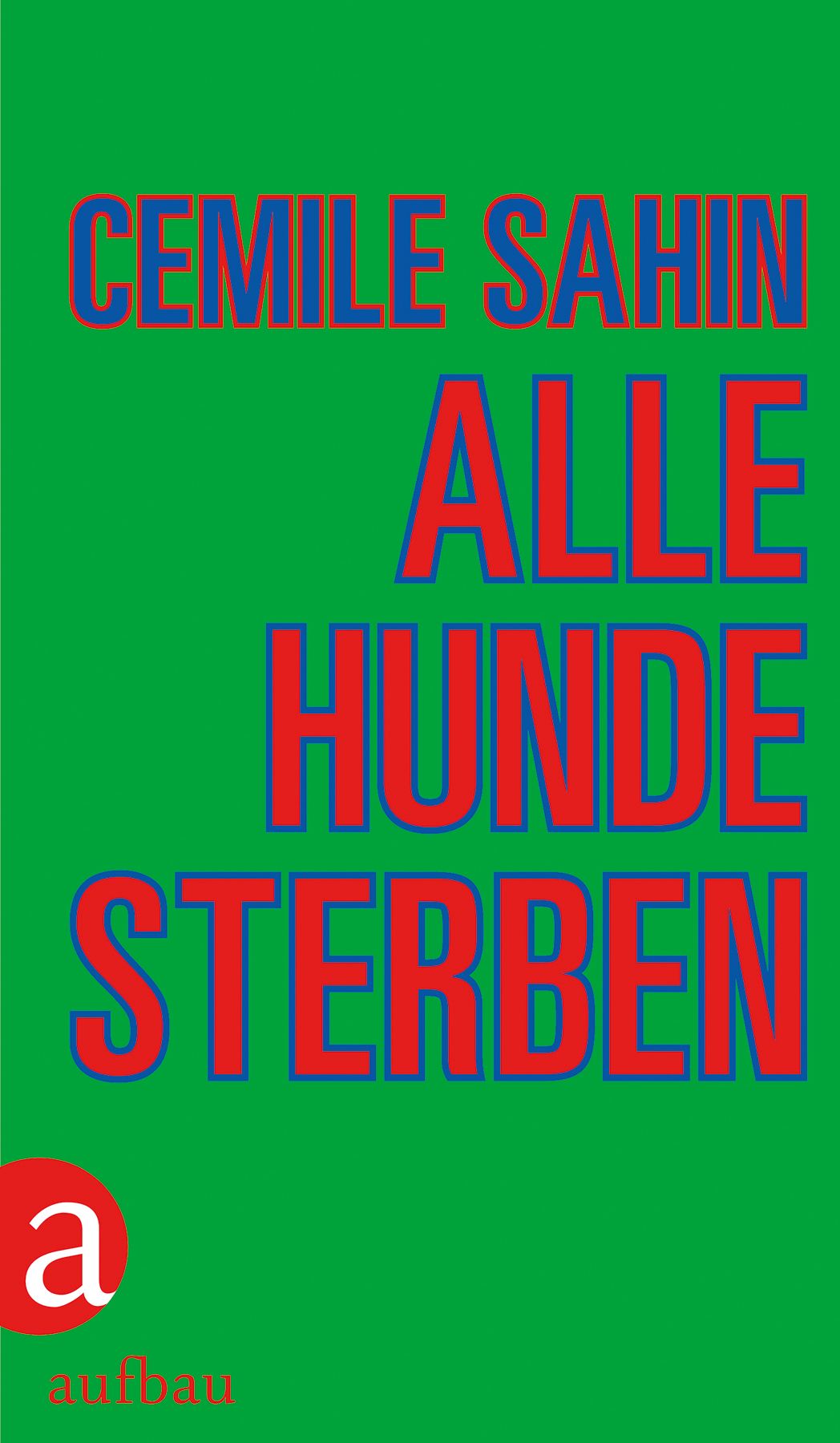Walter Schlect reflects on Cemile Sahin's unique approach to writing literary fiction.

A man is stalked by an incorrigible older woman. She insists he’s her son, who was declared fallen in combat years ago, or, at least, she wants him to play her son in a TV show she’s written. She hands him the script, and won’t take no for an answer. With this absurdist premise, Cemille Sahin’s Taxi veered dramatically and unexpectedly into the German literary scene and was published last autumn to universal critical acclaim. It was so unlike most other literary debuts on the German book market that critics struggled to pin down its unique spirit. Süddeutsche Zeitung wrote that ‘Taxi is different: something between trashy, meditative, absurd, political, and pretty cool.’
Sahin’s sudden literary success was unexpected, in part because she doesn’t see herself as a fiction writer first and foremost. For her, fiction writing is not an end in itself, but part of her wider practice as a visual and multimedia artist. As she elaborates,
‘All of my texts are inseparable from images. It begins with an image, leads to a text, and then should become an image again. Before I even begin to write, I conceptualise all the images in my head like in a film. I only start writing when I know how the story begins and how it ends. My books are always conceptual artistic works to me. I’m a visual artist who writes.’
That may be the case, but the texts that Sahin writes are extraordinary things in themselves, whilst bearing many of the cinematic influences that permeate her art. Sahin doesn’t shy away from using the methods of popular culture so often eschewed by serious German literary culture. Much like other video artists, Sahin remixes elements of popular culture (Netflix series, reality TV, YouTube videos, etc.) and turns them into arresting works that critically explore narrative, perspective, memory, and experience. In an interview with Der Spiegel last year, Sahin said that she wanted readers to experience Taxi as though they were watching a film: ‘I thought for instance about how you would write a torture scene. How can you even depict something so cruel with language? So I turned to the possibilities of film editing, where you can jump quickly between characters, places, and time periods to describe a complex situation.’
This technique is also used throughout Alle Hunde Sterben (‘All Dogs Die’), Sahin’s second novel, which, like Taxi, uses shifts in perspective, time, and character to depict the trauma of war, torture, and displacement, something her characters can run away from but never truly escape. Alle Hunde Sterben does not have the darkly comic framing device of Taxi, however, and thus grapples with these issues in a more direct and gritty way, with the atmosphere of a Western where characters are waiting for a tragic showdown. Sahin is the child of Kurdish emigrants who fled persecution in eastern Turkey for Germany, and grappling with the collective trauma of stateless Kurds like her parents is something she wrote eloquently about in a 2017 essay in Die Zeit: ‘Flight is a privilege, but it’s also an unbearable emergency, one that tears you apart until you are hollow.’ But her art and fiction tend to focus less on geopolitical specifics, and more on the ways war, persecution, and flight disrupt, and how difficult it is to create a narrative that reconstructs this disruption.

True to form, Sahin doesn’t plan for Taxi and Alle Hunde Sterben or any other novel she writes to end in the medium of literature. She tells me: ‘for me they serve as an interim step until I turn them into films. All of my texts are written with this in mind. What was once a novel will become a film.’ Sahin is unafraid to tackle any medium, and so far she has excelled at every single one.

Walter Schlect is the German and Comparative Literature Librarian at the Washington University in St Louis


